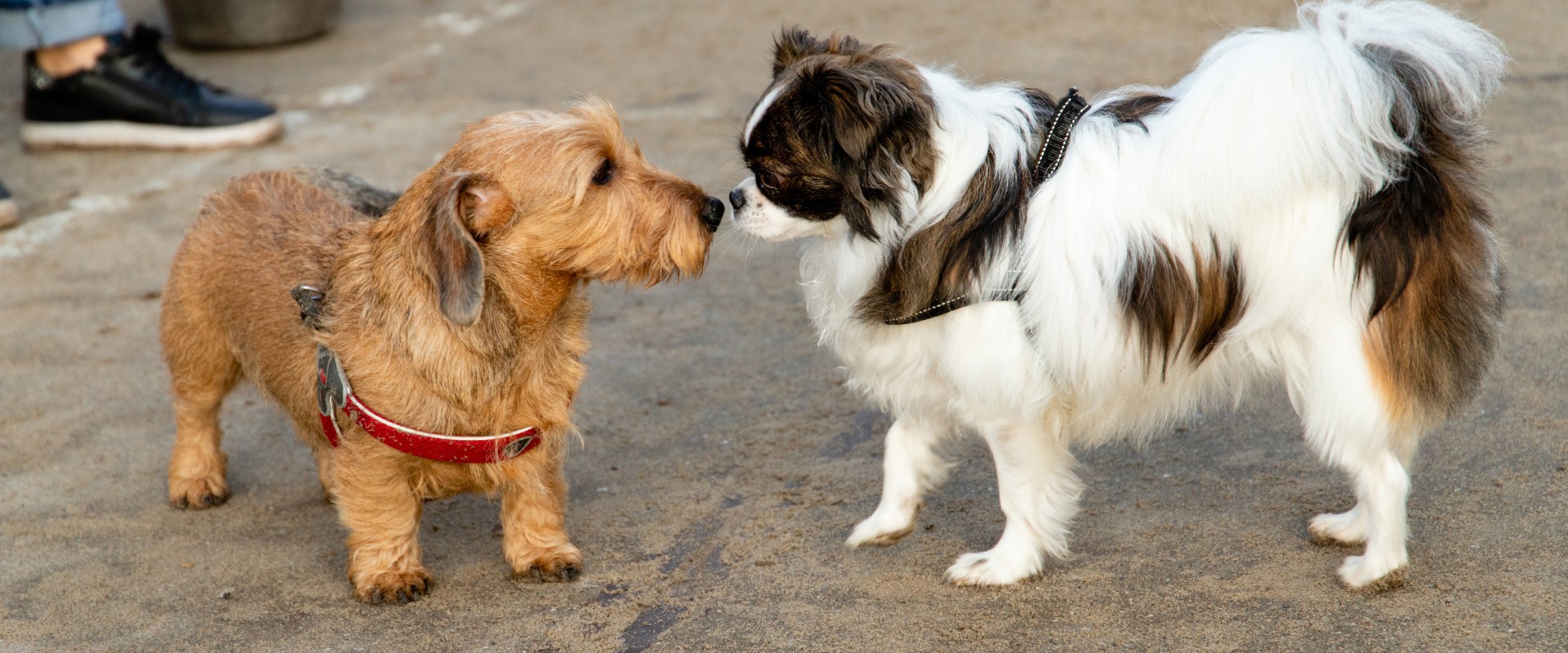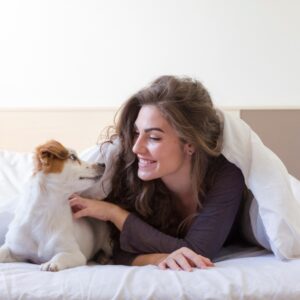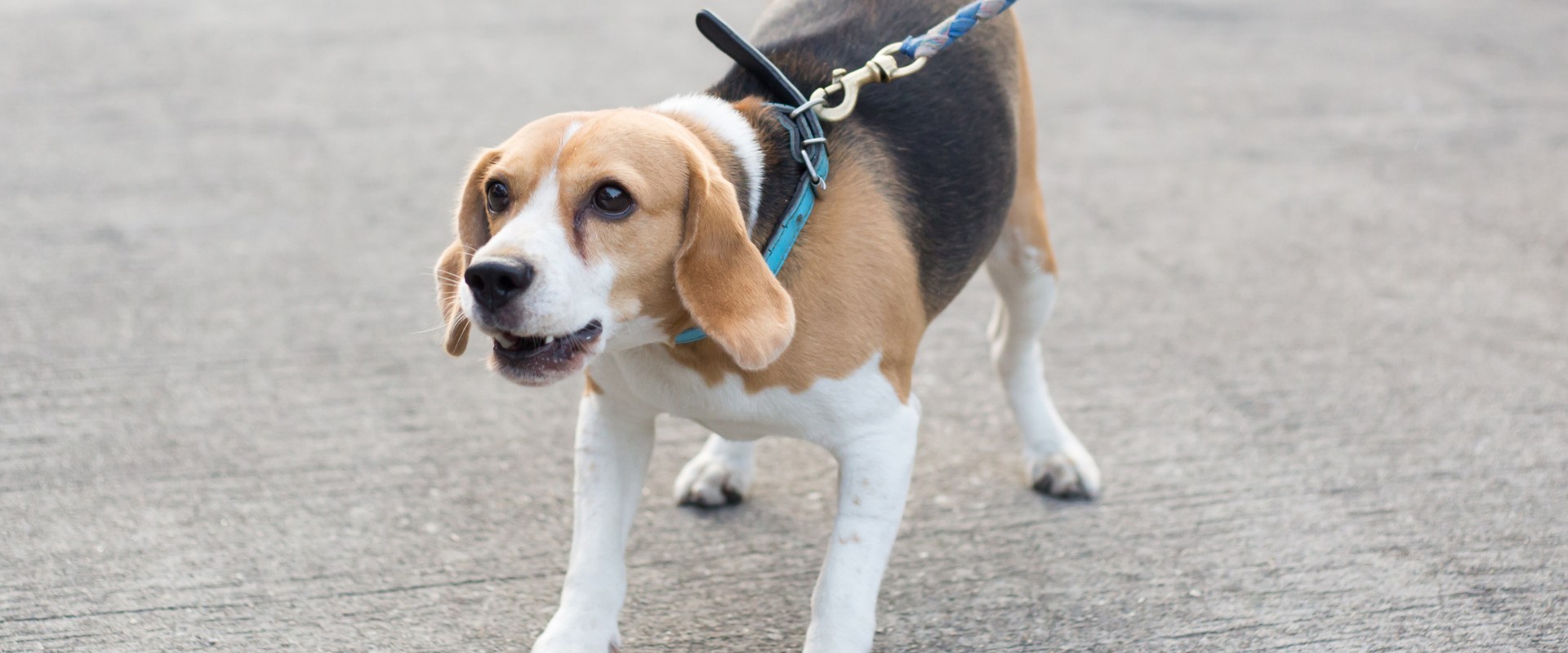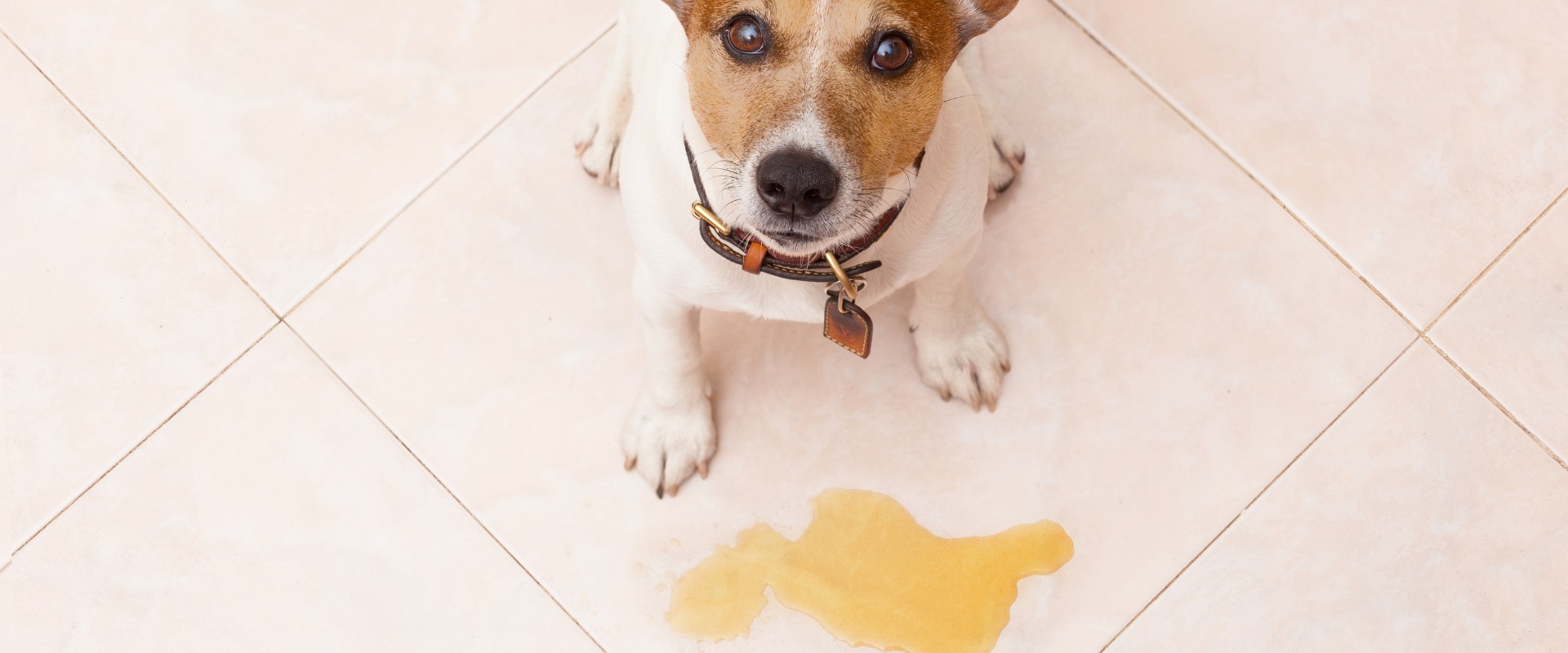Walking your dog should be a peaceful and enjoyable experience, but for many pet owners, it’s often marred by their pup’s excitement, frustration, or reactivity towards other dogs.
These behaviors can range from excessive pulling on the leash to lunging and barking, making walks stressful for both dog and owner. Fortunately, you can train your dog to ignore other dogs and become a calm and confident canine companion on your walks.
Setting the Stage for Success:
- Harness & Leash: Use a comfortable harness and a six-foot leash that allows some control without restricting movement.
- Training Treats: High-value, pea-sized treats will entice your dog to focus on you during training.
- Quiet Locations: Start in low-distraction areas like your backyard or empty parks before venturing into areas with more dogs.
The Focus Game:
- Teach “Look”: Hold a treat near your nose and say “Look” in a cheerful voice. When your dog makes eye contact, reward them with the treat and praise. Repeat this in various locations to solidify the command.
- Practice “Heel“: Walk with your dog on your left side, using the “Look” command to keep their attention on you. Reward them for walking calmly at your heel, gradually increasing the distance and duration of the walk.
- Introducing Distractions: In a quiet area with one or two dogs in the distance, practice “Look” and “Heel.” If your dog notices the other dog, calmly and firmly say “Look” again and reward them for refocusing on you. If they pull or lunge, stop walking and wait for them to calm down before resuming.
Distraction Techniques:
✤ Scatter Treats: Toss treats on the ground near you to redirect your dog’s attention when they notice another dog.
✤ Engagement Tricks: Engage your dog in a simple trick like “Sit” or “Shake” when other dogs are nearby. This keeps their mind occupied and reinforces their obedience.
✤ Change Direction: If your dog becomes fixated on another dog, calmly change direction to put them between you and the distraction.

Consistency is Key:
- Short & Frequent Sessions: Train in short, five-minute bursts throughout the day to keep your dog engaged and prevent frustration.
- Gradually Increase Difficulty: As your dog masters the basics, introduce more distractions and practice in busier environments.
- Patience & Positive Reinforcement: Remember, training takes time and patience. Avoid scolding or yelling, as this can worsen anxiety and reactivity.
Additional Tips:
✦ Socialize Early: Properly socialize your puppy with other dogs from a young age to encourage positive interactions.
✦ Manage Excitement: Ensure your dog gets enough exercise and playtime to help them burn off energy before walks.
✦ Seek Professional Help: If your dog struggles with severe reactivity or aggression, consult a certified dog trainer or behaviorist for guidance.
By following these tips and practicing consistently, you can help your dog learn to ignore other dogs and transform your walks into enjoyable and stress-free experiences for both of you. Remember, a calm and focused dog is a happy dog, and that’s the ultimate reward for both of you.



